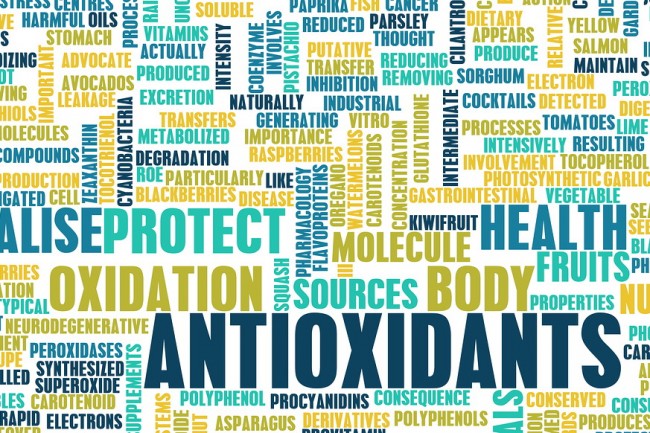- Make It Yourself Lavender Heart-Shaped Bath Bombs!
- 20 Things You Never Knew About “Down There”
- 12 Best Foods For Those Suffering From Arthritis Pain
- 12 Personal Hygiene Mistakes Almost Everyone Makes (Mom Never Told You About #4!)
- 15 Medicinal Plants And Herbs From The Cherokee People
- 12 Mind-Blowing Benefits Of Drinking Coconut Water During Pregnancy
- 12 Outstanding Winter Foods That Won’t Fatten You Up Like A Christmas Turkey
The Amazing, Edible Weed That Is Packed With Nutrition

Photo credit: bigstock.com
2. The Antioxidants!
Purslane is also high in numerous antioxidants that can stop disease dead in its tracks, such as vitamin C, vitamin E, vitamin A, glutathione, which is a potent antioxidant often referred to as the “master” antioxidant, melatonin, betalain, and more! These antioxidants are much more powerful than we can even imagine. One study involved obese teenagers who consumed the seeds of purslane and greatly reduced their LDL (bad) cholesterol levels as well as their triglyceride levels.
3. The Minerals!
Many Americans are lacking in several important minerals. The good news is that purslane can give you all of these minerals and more in just one or two servings! Purslane is a fantastic source of magnesium. Magnesium is vital for protecting the body from heart disease, diabetes, and is involved in at least 300 different reactions in the body. Purslane also has potassium, which helps to regulate blood pressure. It also has calcium, phosphorus and iron, all of which are important for the body. More mature plants have more of these minerals than younger plants but are tougher and stringier than their younger counterparts.
4. The Omega-3’s!
Omega-3 fatty acids are referred to as essential fatty acids because our bodies, although they need them, do not make them. We must get them from our foods. Purslane is low in fat but the fat it does contain is high in omega-3 fatty acids! Compared to other green foods, this is a tremendously high amount. This is also good news for vegans who have a hard time finding foods rich in omega-3 fatty acids.
Continue to Page 3
































